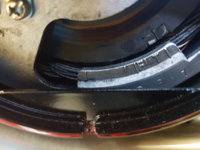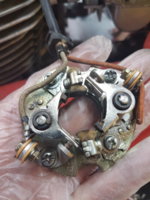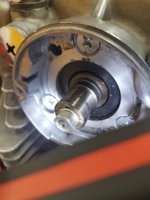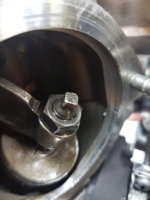So the street tracker is looking good but now comes the hard part (for me anyway). Its a '79 special with stock carbs and K&N's. Finally got it running, but sounds rough. Occasional backfire and I think misfire but also a loud pop coming out of the back of the
air filters, the pop is pretty hard and feels like its banging up against the metal rear of the filters.....what is that??
Both new plugs are wet oil fouled. Carbs are clean but probably not jetted right for short upturned exhaust end cans!!!!
Where should I start? I know I'll ditch the K&N's for the foam type to ensure even airflow.....any advice really appreciated as always....
air filters, the pop is pretty hard and feels like its banging up against the metal rear of the filters.....what is that??
Both new plugs are wet oil fouled. Carbs are clean but probably not jetted right for short upturned exhaust end cans!!!!
Where should I start? I know I'll ditch the K&N's for the foam type to ensure even airflow.....any advice really appreciated as always....




